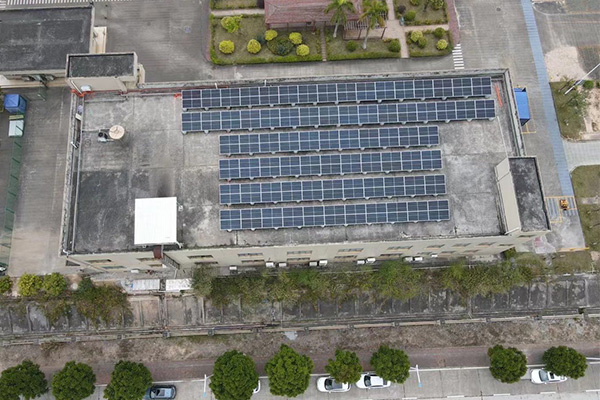Solar panel roof mounting hardware is the unsung hero of any solar energy system. It ensures that solar panels are securely attached to rooftops, withstanding various weather conditions while optimizing energy production. Understanding these components is crucial for both DIY enthusiasts and professionals planning a solar installation.
Key Components of Solar Panel Roof Mounting Hardware
Mounting Brackets
Mounting brackets form the foundational structure that connects solar panels to the roof. They are typically attached directly to the roof rafters or trusses to ensure stability. Brackets come in various designs, including flush mounts (for low – profile installations) and tilt mounts (which allow adjusting the panel angle to maximize sunlight exposure). Tilt mounts are especially useful in regions with varying sun angles throughout the year.
Rail Systems
Rail systems act as a framework that links multiple mounting brackets, creating a unified platform for attaching solar panels. Made from durable materials like aluminum or steel, rails distribute the weight of the panels evenly across the roof. They also simplify the installation process by allowing panels to be slid into place and secured with clips, reducing the need for excessive drilling.
Clamps and Fasteners
Clamps and fasteners are used to secure solar panels to the rail systems or brackets. End clamps hold the panels at the edges of the array, while mid – clamps secure panels together in the middle, preventing movement. Fasteners such as screws and bolts must be corrosion – resistant to withstand outdoor elements. Some clamps are designed to be adjustable, accommodating panels of different thicknesses.
Flashings and Sealants
Flashings are metal or rubber components installed around mounting brackets and penetrations (like bolts) to prevent water leakage. They create a watertight seal between the roof and the hardware, protecting the building from water damage. Sealants, often silicone – based, are applied alongside flashings to enhance their effectiveness, especially on roofs with shingles or tiles.
Grounding Hardware
Grounding hardware is essential for electrical safety. It includes grounding lugs, wires, and clamps that connect the solar panel system to the building’s grounding network. This prevents the buildup of static electricity and reduces the risk of electrical shocks or fires, particularly during lightning storms.
Materials Used in Mounting Hardware
Aluminum
Aluminum is a popular choice for mounting hardware due to its lightweight nature and excellent corrosion resistance. It is easy to fabricate into brackets and rails, making it suitable for most residential and commercial rooftops. Aluminum hardware is also cost – effective and compatible with various roof types.
Stainless Steel
Stainless steel is valued for its strength and durability, making it ideal for harsh environments with high humidity, saltwater exposure, or heavy rainfall. It is more resistant to rust than regular steel but comes at a higher cost. Stainless steel fasteners and clamps are often used in coastal areas or regions with extreme weather.
Galvanized Steel
Galvanized steel, which is coated with a layer of zinc to prevent rust, offers a balance between strength and affordability. It is commonly used for brackets and rails in areas with moderate weather conditions. However, the zinc coating can wear over time, so regular inspections are necessary to maintain its integrity.

